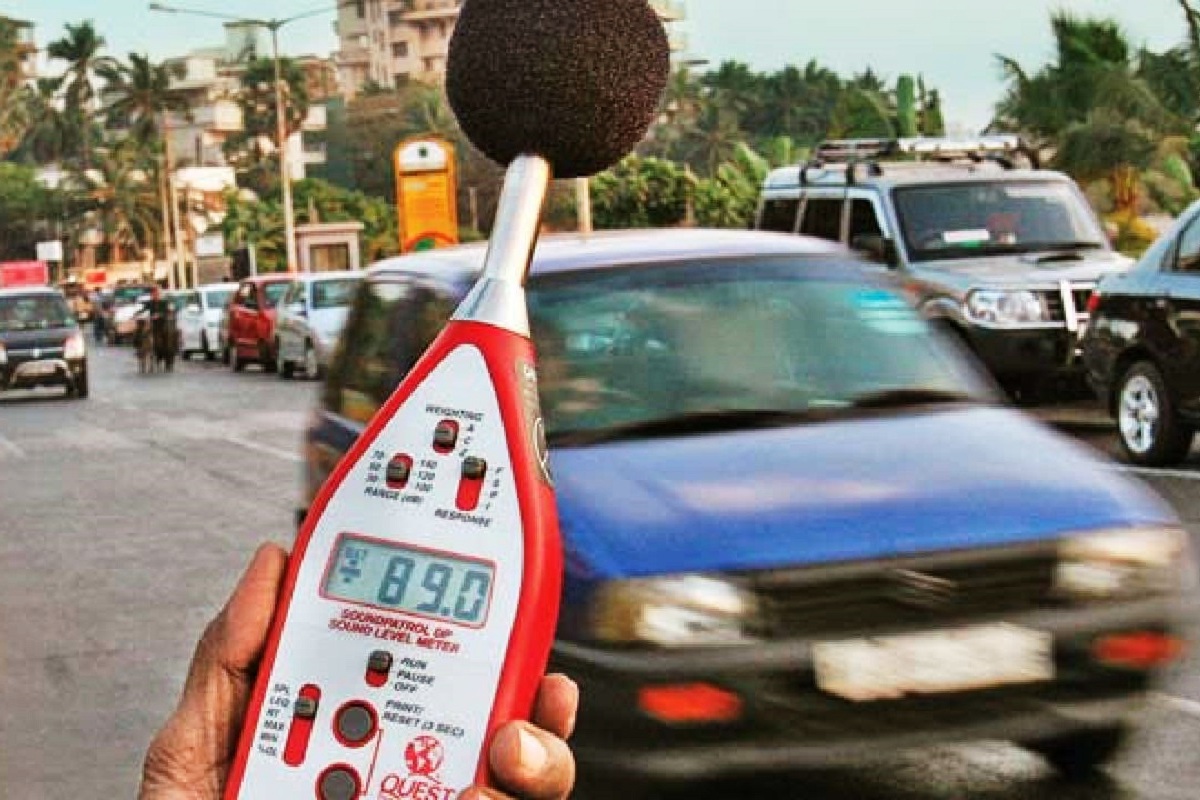The blanket ban on firecrackers once again ensured a peaceful beginning of the festival season this year. Less noisy than Diwali, the celebration of Dussehra and Durga Puja was a quiet affair. No beating of drums was heard in the mornings, nor was the blowing of conch shells loud enough to be heard by those passing by Puja Pandals.
These were noises accepted as auspicious by Delhiites. In fact, people felt they missed a part of their lives when they did not hear these sounds. These were really happy sounds with which Delhiites had grown up, and welcomed them every year. There are several “unhappy” sounds which are part of everyday city life, whether anybody likes them or not. Compared with other localities, government officials’ colonies are an ocean of peace.
Advertisement
There is no unlimited entry or exit of hawkers and vendors, nor are their roads a constant source of ear-blowing sounds. The city planners have to ponder on a few issues when they prepare their “Master” plans for the metropolis. On any day, residents of DDA flats and housing societies have to suffer entry and exit of small and large trucks, making blasting sounds and raising dust, as they pass over deep cuts in the roads across their widths. The cuts are almost permanent.
They could be the work of Jal Board workers, laying or repairing an existing pipeline. The cuts in the roads are never restored and left covered with loose earth after the work is over. Then for years, every time a big car, a truck or an ambulance passes over the cuts, they jump and give an ear-jolt to residents living on the two sides of the road. One can only look out of the window to see if any vehicle had overturned, or met with an accident.
No, it is always a vehicle passing over the road-cut, halting for a while in its mad run. There are other vehicles like motorcycles and small goods carriers with their exhaust pipes deprived of their silencers. They are often zooming out on roads within localities at great speed, and jolt you out of your relaxation or deep study for work from home. Only CCTVs with noise-recorders can catch such culprits.
The small goods carriers give such a pitiable look running with their painful broken sounds as if trying to tell they are carrying loads much beyond their capacity. Only the heavens will know who can control them. The transport department has certainly failed to deal with them, going by the years these “broken” vehicles are operating on roads.
A recent addition to Delhi’s noise scene is the police sirens that are heard in many localities virtually the whole day, and then late into the night. This was not so even during the peak Covid-19 days. It is possible the men in uniform are trying to alert people about wearing masks or to face challans. But the sounds go on and on, whether you like them or not. Metro trains too are blowing their horns in underground stations, as if they are super-giant locomotives of yesteryears, approaching Mumbai station on Central or Western Railway!
Why these small city-trains sometimes make such a loud announcement of their arrivals is not clear. The trains are announced already on electric boards. Their sounds can unnerve some people, caught unawares by the sudden blowing of horns. Those living on Moolchand-Nehru Place Road, or Pusa Road-Patel Nagar passageways have learnt to live with the never-ending sound of traffic.
The city sounds are multiplying fast, but noise pollution does not have the status of air pollution. Even drilling on walls in your upper or lower flat can make you sick, if it goes on for weeks. If the city does not want to be known for its noise levels, the city planners have to take note.
(Contributed by Deepak Razdan and Asha Ramachandran)











